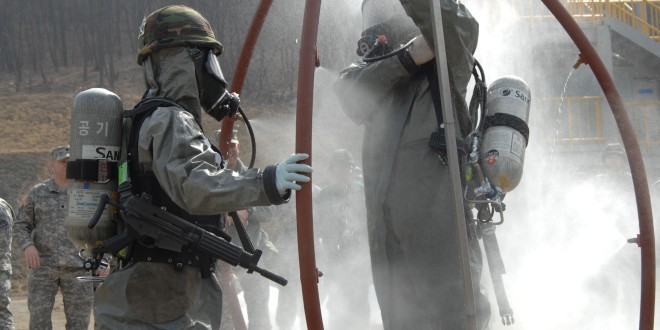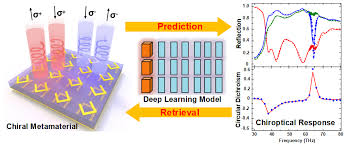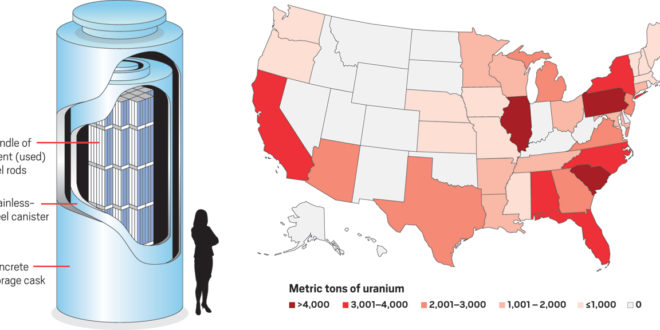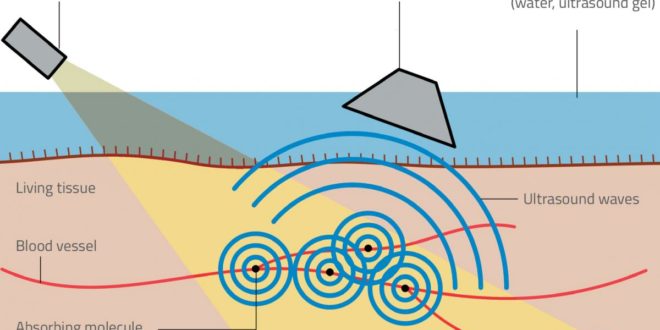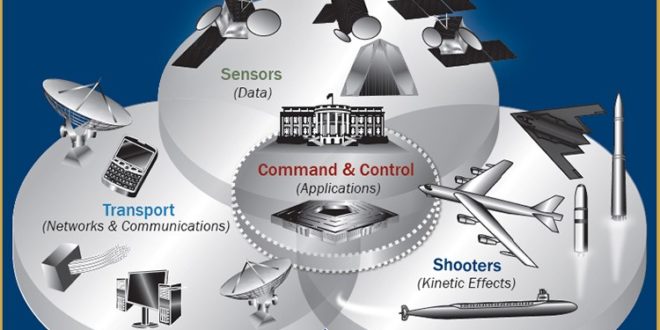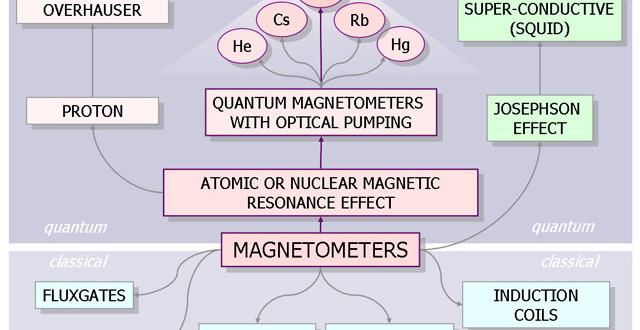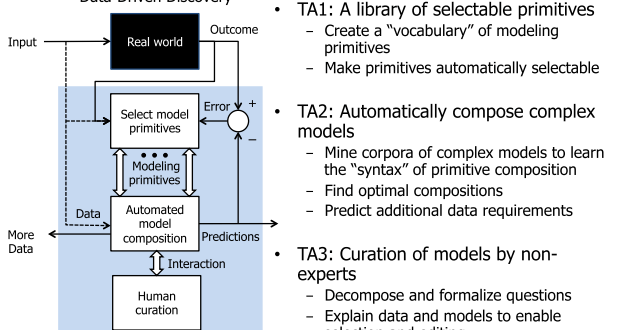Rajesh Uppal
June 17, 2021 Biotech & Synthetic Biology, Global Risks & Future Threats, Weapons & Munitions
1,772
According to the University of Maryland’s Global Terrorism Database, there were a total of 143 attacks – 35 biological, 95 chemical, and 13 radiological – using CBRN weapons across the world from 1970 to 2014. The relative ease with which malicious actors could obtain many of the materials and know-how …
Read More »
Rajesh Uppal
June 16, 2021 Comm. & Networking, Navy & Maritime, Quantum
1,649
Underwater communication is vital for undersea exploitation and modern communication. Conventional ways which employ acoustical technique for underwater communication have their drawbacks including high path loss, narrow bandwidth, high bit error rate, among which unconditional security is more demanding due to commercial and secure interest. Submarine communications have always been a challenge …
Read More »
Rajesh Uppal
June 15, 2021 AI & IT, Manufacturing, Nanotech
889
Metamaterials are artificially structured materials designed to control and manipulate physical phenomena such as light and other electromagnetic waves, sound waves and seismic waves in unconventional ways, resulting in exotic behavior that’s not found in nature. They are predicted to be able to protect the building from earthquakes by bending …
Read More »
Rajesh Uppal
June 14, 2021 Critical & Emerging Technologies, Global Risks & Future Threats
248
Nuclear power—with its high energy density and low carbon footprint—is a source with which the international community has decades of experience. However, the challenges that come along with the technology have kept it from becoming a more dominant factor in the global energy mix. Geopolitical issues lie at the center …
Read More »
Rajesh Uppal
June 14, 2021 Cyber & IW, Navy & Maritime, Photonics
669
Alexander Graham Bell discovered photoacoustics by accident when he was working on the development of the photophone, a followup to his recently developed telephone that operated via modulated sunlight instead of electricity. You would operate a photophone by speaking into its transmitter toward a mirror placed inside of it. The vibrations …
Read More »
Rajesh Uppal
June 13, 2021 Electronics & EW, Manufacturing, Material
1,345
Gallium nitride (GaN) is hot. Even hotter is a race to integrate GaN with other materials to boost GaN’s performance further. The power electronics industry has seen the theoretical performance limit reached by silicon MOSFETs and now needs to move to a new element. GaN is a wide bandgap, …
Read More »
Rajesh Uppal
June 13, 2021 Geopolitics, Strategy & Technological Rivalries, Space Technology, Defense & Exploration, Strategy, Policy & Governance
672
As the space domain has become more congested, the potential for intentional and unintentional threats to space system assets has increased. Space is also becoming another domain of conflict due to enhanced militarization and weaponization of space. There has been enhanced testing of Anti-satellite weapons (ASAT) and space weapons designed …
Read More »
Rajesh Uppal
June 12, 2021 Critical & Emerging Technologies, Global Risks & Future Threats, Weapons & Munitions
289
Although nuclear weapons have not been used in conflict for decades, the risk of their use persists. Around the world, countries are still building and modernizing nuclear arsenals. Russia, US and China are rapidly upgrading and modernizing their strategic triad. The potential use of nuclear weapons poses the greatest danger …
Read More »
Rajesh Uppal
June 12, 2021 Defense & Military, Geopolitics, Strategy & Technological Rivalries, Quantum
2,799
The world, say many experts, is on the verge of a second quantum revolution. Energy quantization gave us modern electronics via the transistor and the laser, but humans’ burgeoning ability to manipulate individual atoms and electrons could potentially transform industries ranging from communications and energy to medicine and defense. The most …
Read More »
Rajesh Uppal
June 10, 2021 AI & IT, Manufacturing
457
Understanding the complex and increasingly data-intensive world around us relies on the construction of robust empirical models, i.e., representations of real, complex systems that enable decision makers to predict behaviors and answer “what-if” questions. Empirical models lie at the heart of much science (e.g., quantitative physics, material science, chemistry, biology/medicine, …
Read More »
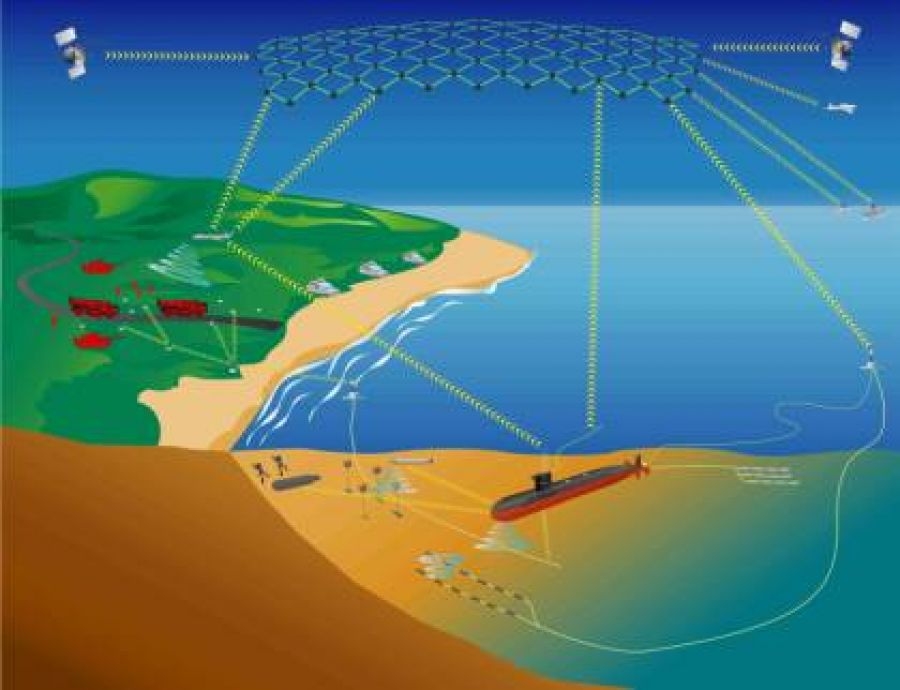
 International Defense Security & Technology Your trusted Source for News, Research and Analysis
International Defense Security & Technology Your trusted Source for News, Research and Analysis
